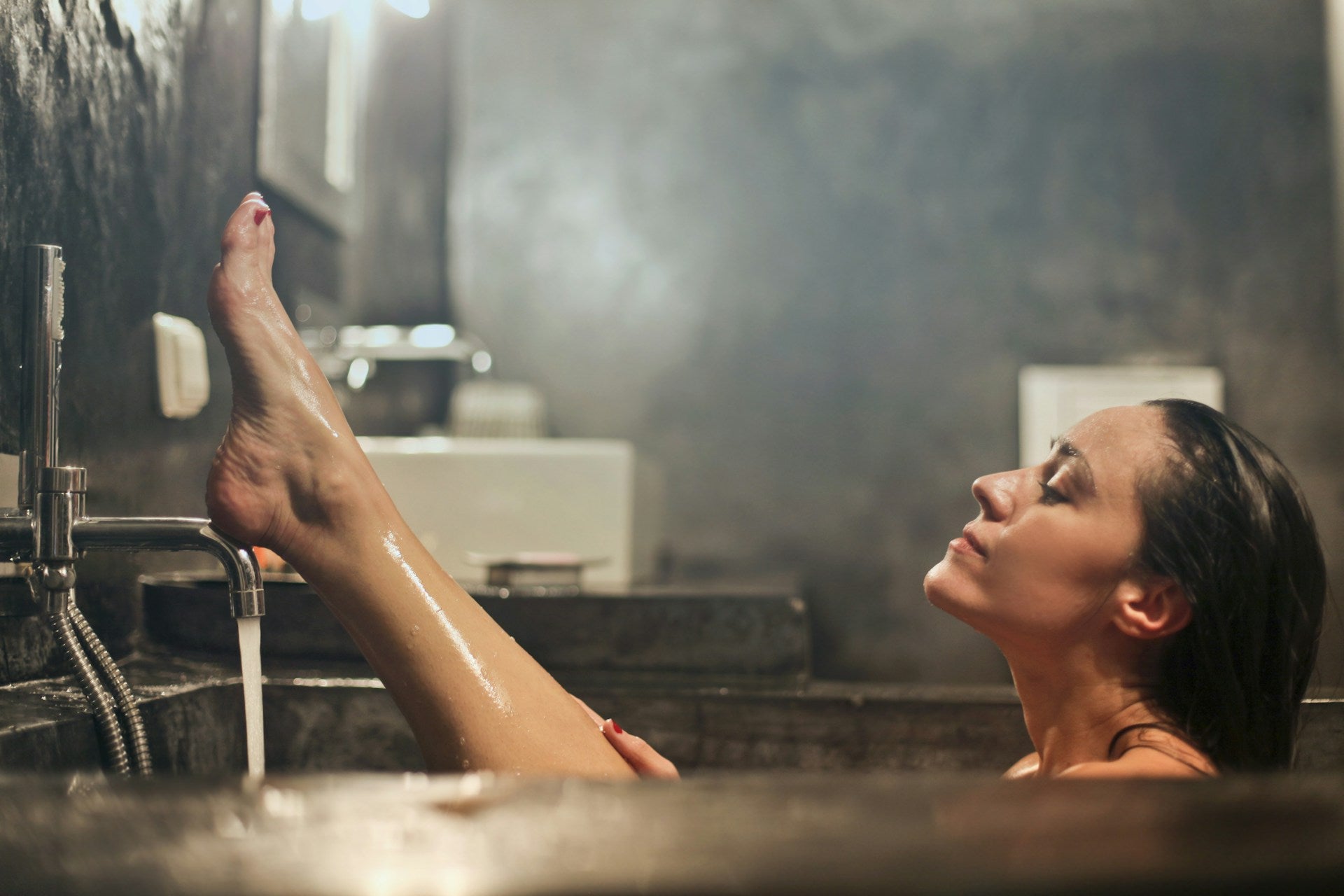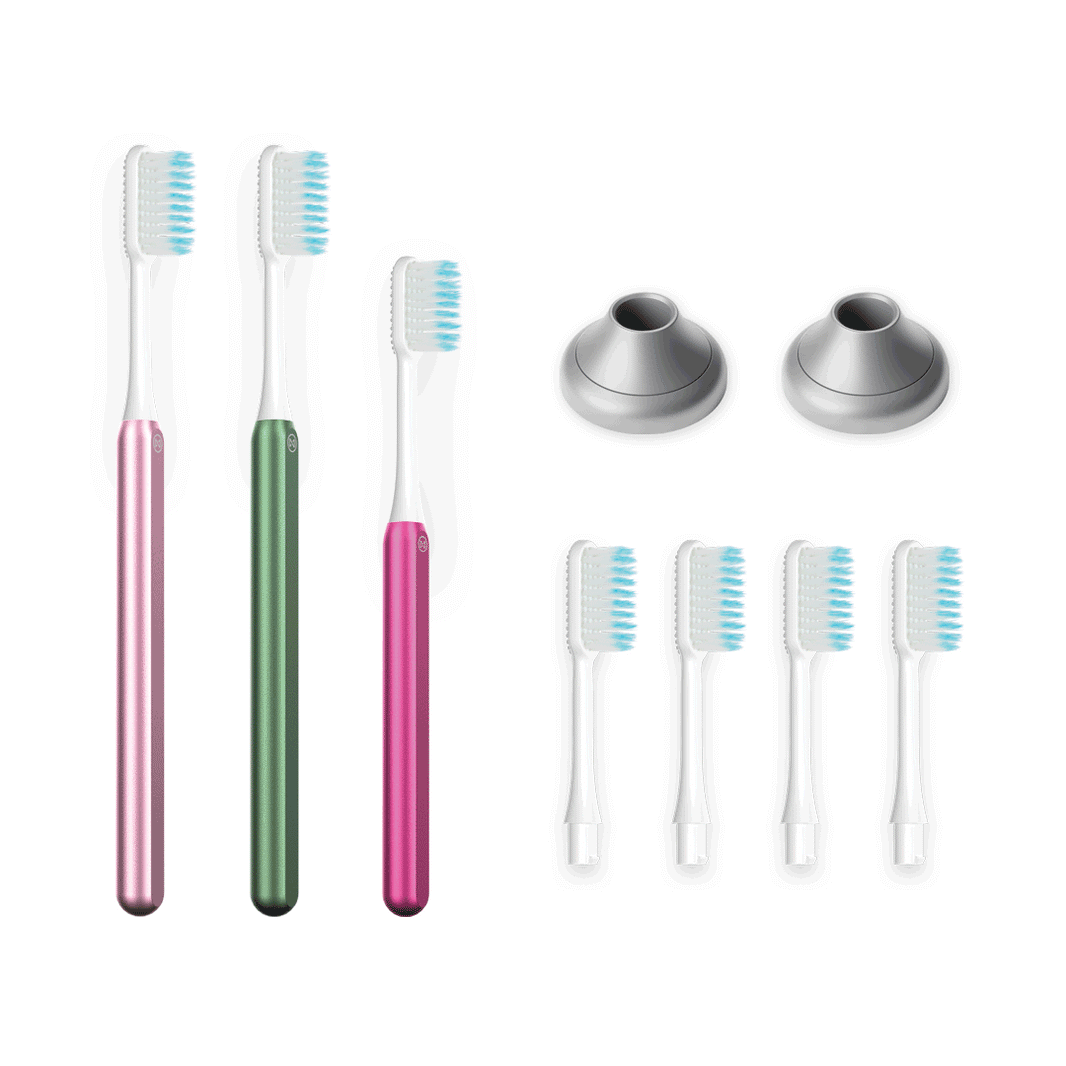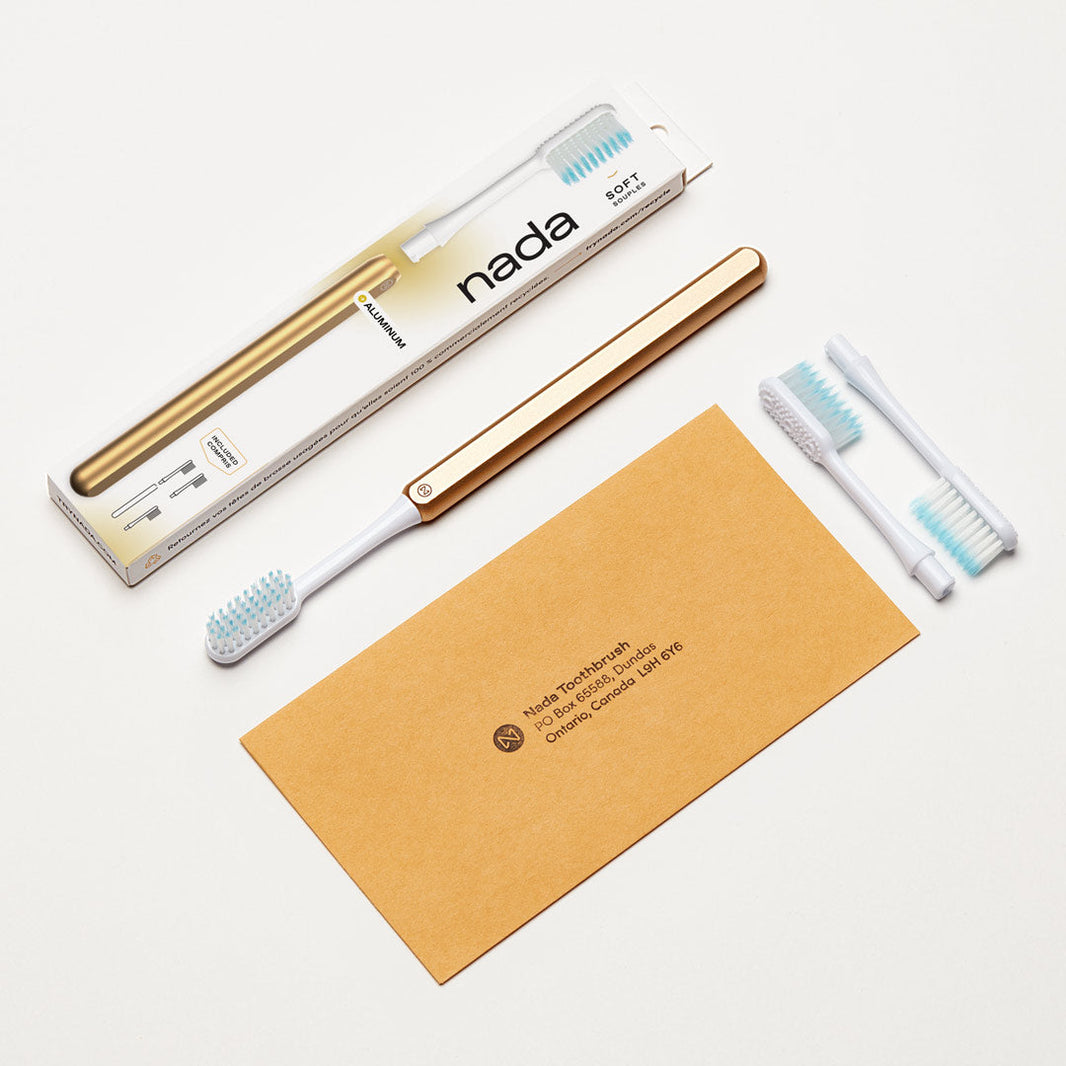The beauty industry, long associated with glamour and innovation, is transforming. As awareness of environmental issues grows, consumers are demanding more from the brands they love, pushing the industry towards a more sustainable future. From packaging to product ingredients, the shift towards sustainability is reshaping beauty as we know it. In this post, we’ll explore the key trends driving this change and how brands like Nada Toothbrush are leading the way.
1. Sustainable Packaging Revolution
One of the most visible shifts in the beauty industry is the move towards sustainable packaging. Traditional beauty products are often encased in plastic, contributing to the global plastic pollution crisis. However, forward-thinking brands are embracing eco-friendly alternatives such as biodegradable, recyclable, or refillable packaging.
Refillable packaging, in particular, is gaining traction. Brands are offering products in durable containers that can be refilled, reducing the need for single-use plastics. RMS Beauty is committed to non-toxic ingredients but also sells refills, cutting down on plastic containers that end up in landfill. This trend not only minimizes waste but also fosters a stronger connection between consumers and their favourite products, as they become part of a longer-lasting beauty routine.
2. Clean and Green Ingredients
Consumers are increasingly concerned about what they put on their skin and how it affects the planet. This has led to a surge in demand for clean beauty products—those made with natural, non-toxic ingredients. But the focus isn’t just on safety anymore; sustainability is also a key consideration.
Brands are now sourcing ingredients responsibly, ensuring they are harvested and produced in ways that do not harm the environment. This includes using plant-based ingredients that are renewable and opting for fair trade practices to support communities involved in their production.
Nada Toothbrush aligns with this trend by prioritizing sustainability not just in its packaging but in its entire product lifecycle. By offering a toothbrush with an aluminum handle designed to last a lifetime and recyclable brush heads, Nada Toothbrush embodies the principles of clean, sustainable beauty.
3. Ethical Sourcing and Transparency
As consumers become more conscious of the impact of their purchases, they are also demanding greater transparency from beauty brands. Ethical sourcing of ingredients—ensuring that materials are obtained in a way that respects both people and the planet—is no longer optional; it’s expected.
Brands that provide detailed information about where their ingredients come from, how they’re produced, and the steps they take to minimize environmental impact are winning the trust of consumers. This transparency is crucial in an era where customers are more informed and willing to hold brands accountable for their practices.
4. Waterless Beauty Products
Water scarcity is a growing concern worldwide, leading to the rise of waterless beauty products. These innovative products are formulated without water, which not only reduces the demand for this precious resource but also results in more concentrated and potent formulations. An example of this is Everist Shampoo and Conditioner. These haircare products are plant-based creams activated by the water you're already using in the shower.
Waterless beauty products are more sustainable to produce and often have longer shelf lives, reducing waste. They’re also lighter to transport, which lowers the carbon footprint associated with shipping. This trend is gaining momentum as consumers and brands recognize the importance of conserving water while delivering effective beauty solutions.
5. Circular Beauty Economy
The concept of a circular economy—where products are designed to be reused, recycled, or composted at the end of their life—is increasingly influencing the beauty industry. This approach seeks to eliminate waste by keeping resources in use for as long as possible, creating a closed-loop system.
Nada Toothbrush is a prime example of circular beauty in action. With its innovative model, where customers return used brush heads for recycling, Nada Toothbrush ensures its products do not contribute to landfill waste. This closed-loop system not only reduces environmental impact but also sets a new standard for sustainability in personal care.
6. The Rise of Conscious Consumerism
At the heart of these trends is the rise of conscious consumerism. Today’s consumers are more informed, more connected, and more concerned about the impact of their choices on the planet. They are looking for brands that align with their values and are willing to invest in products that reflect their commitment to sustainability.
This shift in consumer behaviour is driving brands to innovate and adopt more sustainable practices across all aspects of their business. From ingredient sourcing to packaging and beyond, the demand for eco-friendly products is reshaping the beauty industry.
As we look ahead, it’s clear that sustainability is not just a trend but a fundamental shift in how the beauty industry operates. By choosing brands that embrace these principles, consumers can play a vital role in supporting a more sustainable and beautiful future.
Are you looking to get started? Check out Nada Toothbrush and join the movement to ditch the disposables.



